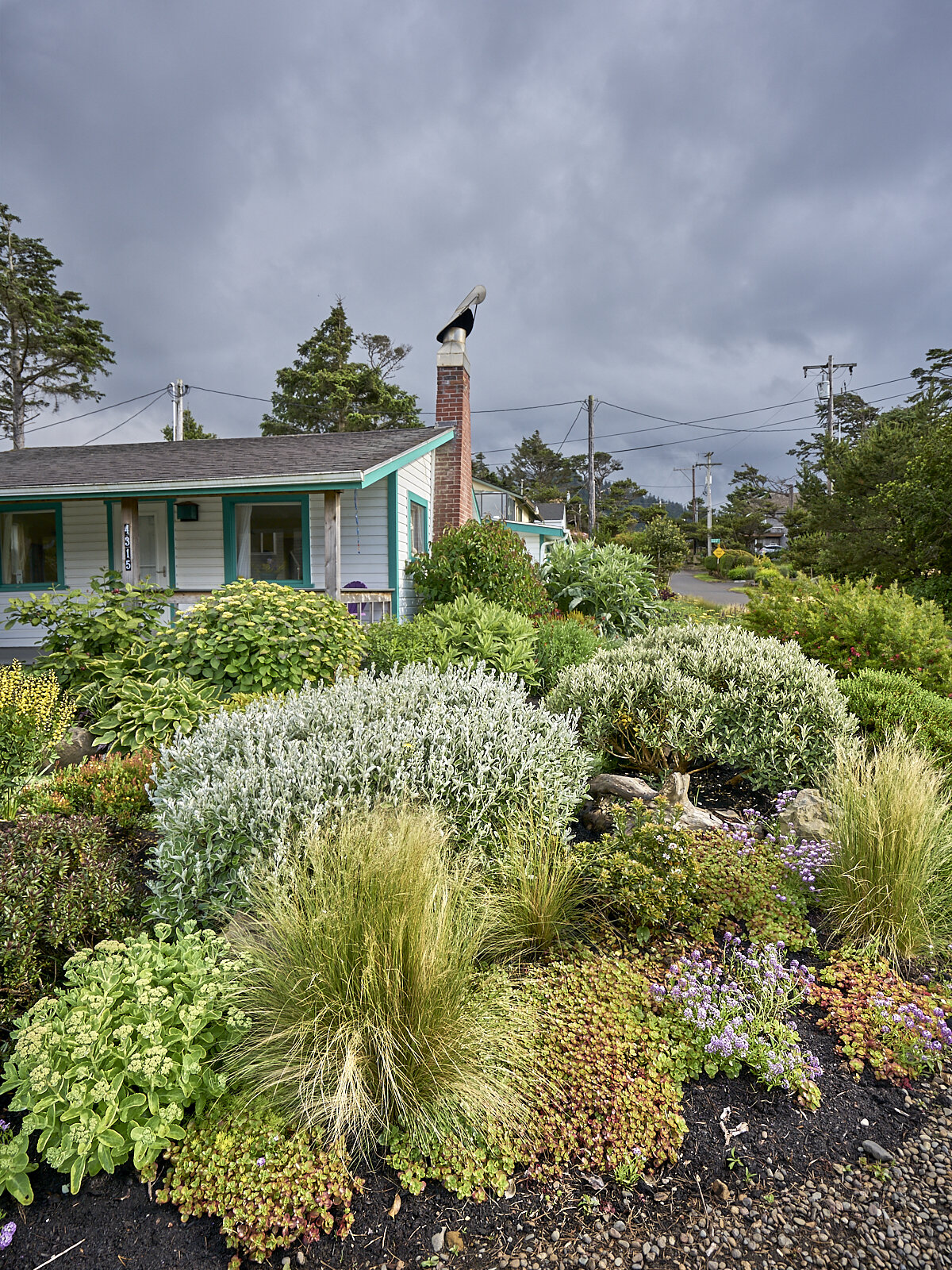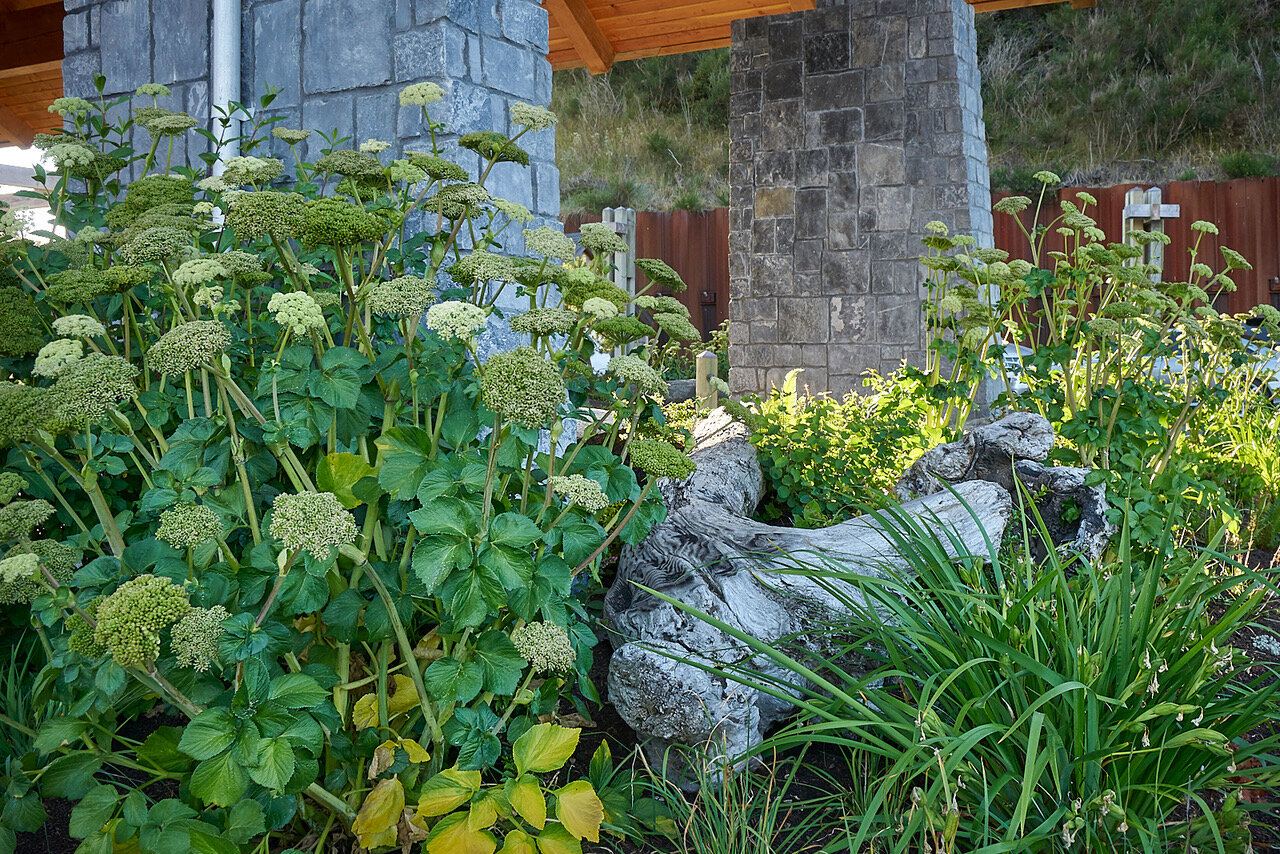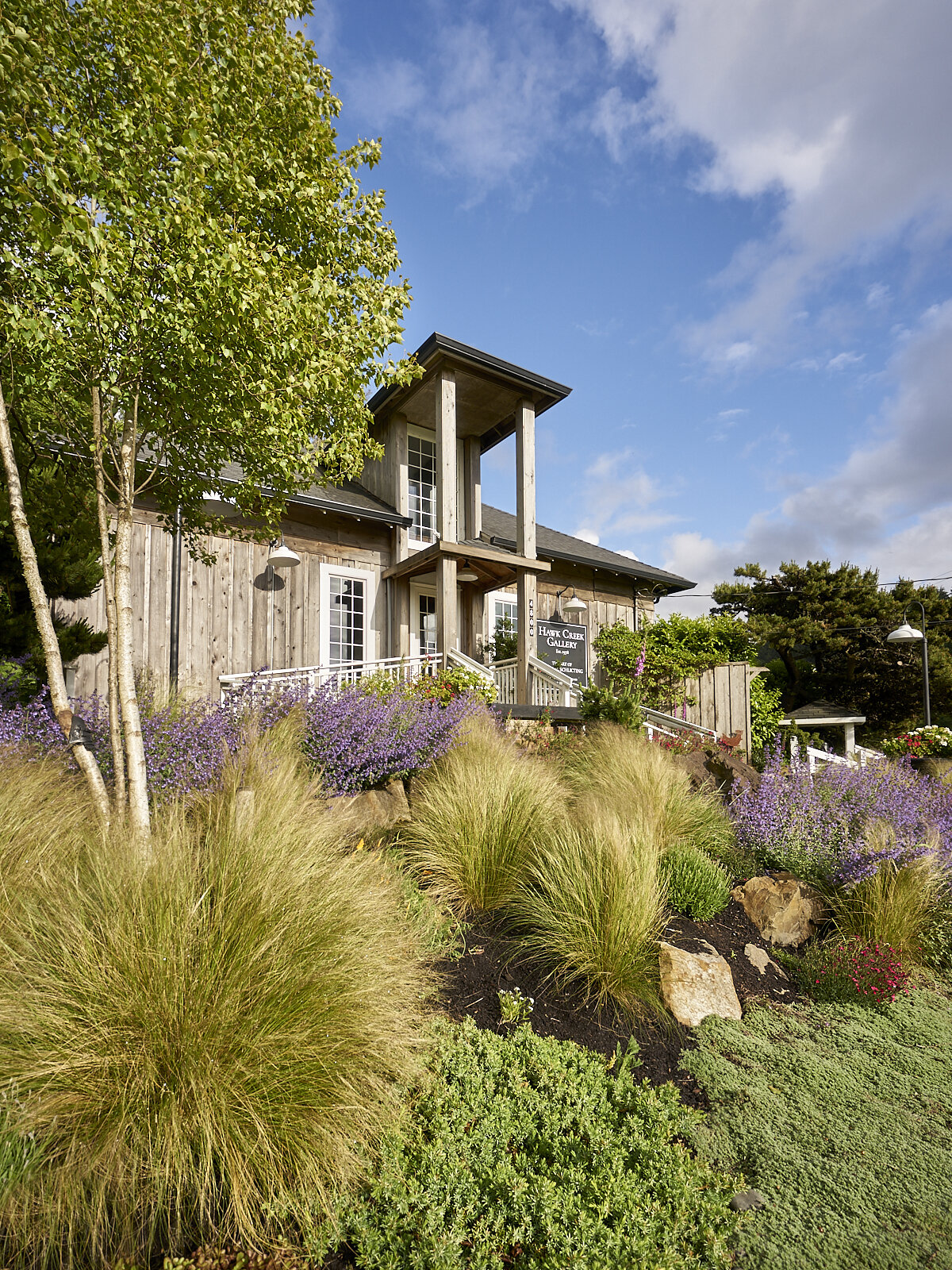On March 23, 2020 Governor Brown issued Executive order 20-12 restricting mass gathering, schools, certain retail establishments and events.
Construction, manufacturing, landscaping and other essential businesses may continue to operate so long as they “ensure that their employees are maintaining social distancing measures.” If a landscaping business can maintain the six-foot distance from others at all times they are permitted to continue to operate.
Here is what we are doing to stay safe
Maintaining strict social distancing - This social distancing requirement includes transportation to and from job sites. Thusly employees must be in separate vehicles (company or personal) for transport to and from the work site. Workers who live together may share a vehicle. We have also had conversations with all of our employees about the necessity to maintain social distancing outside of work as well.
Staggering work schedules - setting up our employees to work on jobsites alone whenever possible, and postponing jobs that require close contact.
Phone consultations when possible - We can still come to your garden while maintaining social distancing. Alternatively, to stay as safe as possible we can have a phone consultation while we walk your garden. This may be the best option if you are over 60 or considered more at risk due to other health conditions. It may be just the best option in general.
Employees stay at home when sick - and for 2 weeks after he/she is no longer symptomatic. If they meet the criteria, ill employees will be encouraged to get tested for Covid-19. We are also keeping employees home when a member of their household is ill for a minimum of two weeks.
Limiting Supply/Nursery Runs - We are keeping our supply and nursery runs to a minimum right now and making an effort to only buy as locally as possible to limit exposure between towns and counties.










